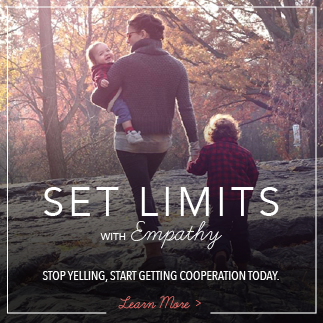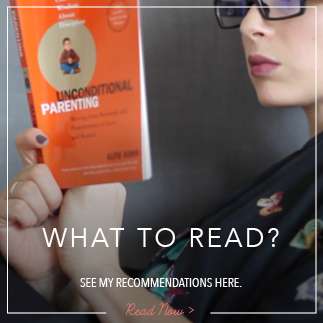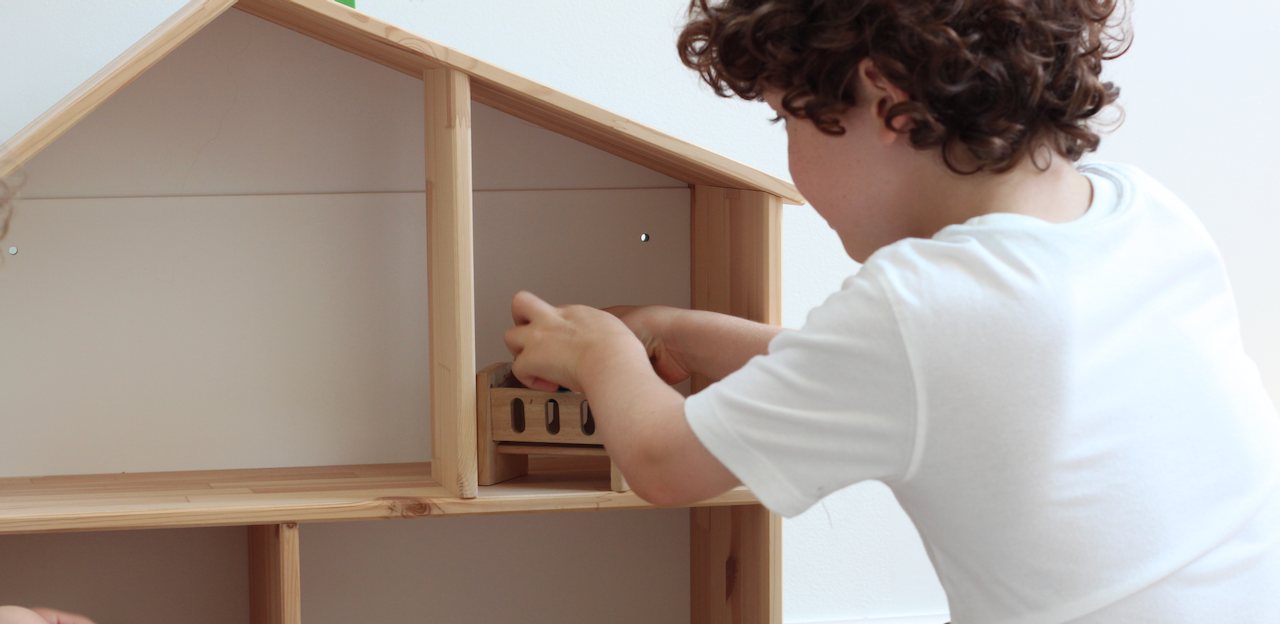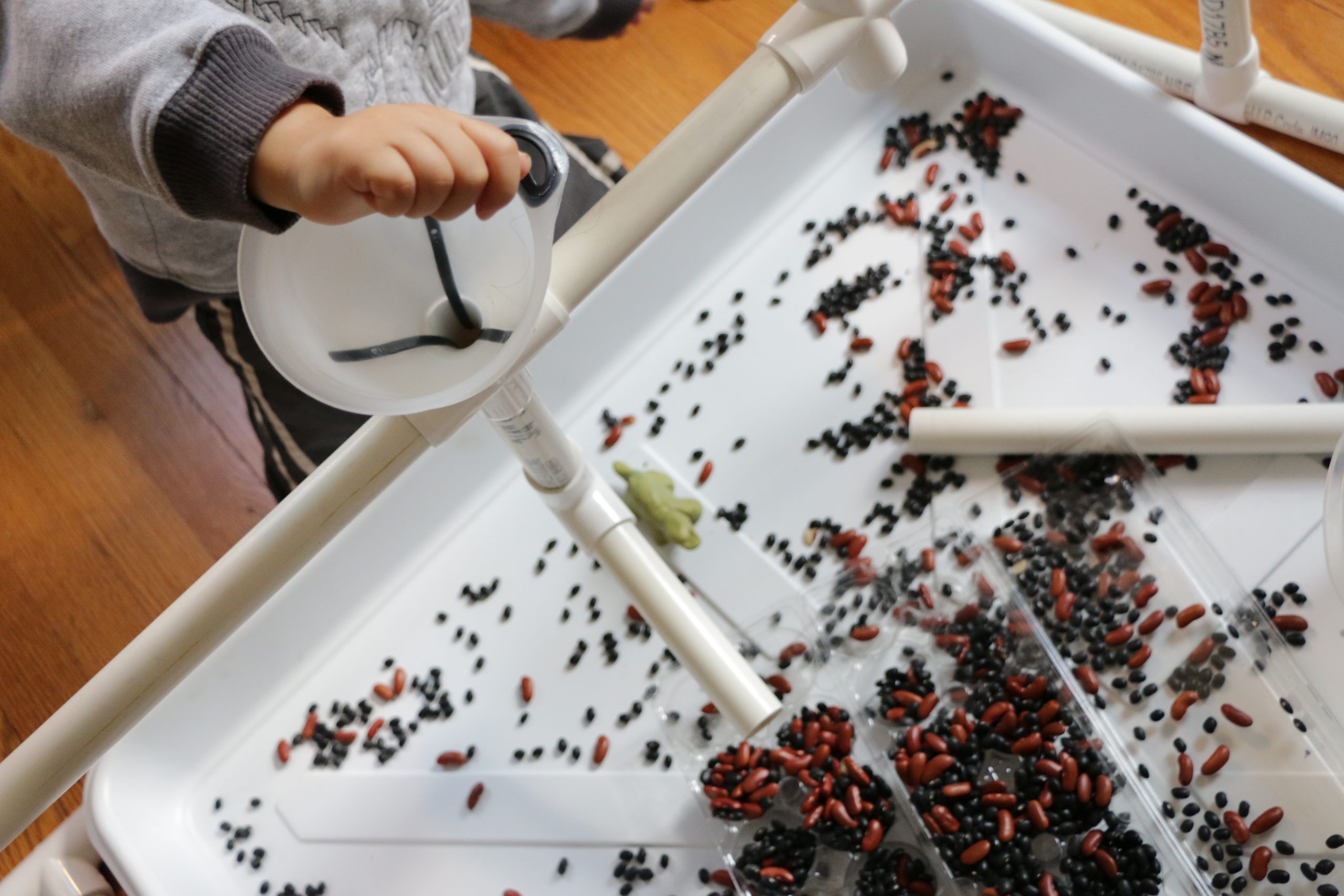Sibling Rivalry (ARE YOU MAKING THESE 4 MISTAKES?)
How to handle sibling rivalry is a question that comes in so often. With the help of Dr. Laura Markham and her daughter Alice, we are covering sibling rivalry in a deep way – with role-plays, numerous situations and challenges you might face, parenting scripts, and more.
Sibling Rivalry Example: Child Grabs Toy from Younger Sibling
We’ll use the common sibling rivalry example of an older child grabbing a toy from a younger sibling to demonstrate how your responses may be actually encouraging more sibling rivalry.
Say what?!
Applicable to any Sibling Conflict or Rivalry Between Friends
The core lessons shared can apply to any sibling conflict or even rivalry between friends. Whether it’s, “Moooom! He’s looking out my window!” or, “But I wanted the red cup!”
WATCH: Sibling Rivalry – Helping Siblings Get Along (Hand in Hand with Dr. Laura Markham)
Your Ultimate 25 Minute Guide to Solving Sibling Rivalry
Please CLICK to share on Facebook!
4 SIBLING RELATIONSHIPS MISTAKES
Are you making these 4 mistakes that push sibling relationships farther apart?
1. TAKING TURNS
Sounds Like: “We are going to take turns with the toy. You can have it for five minutes, and then they will have it for five minutes. Your time starts now.”
Feels Like: Stress and anxiety – not being able to play deeply and creatively.
Research Shows: If children are constantly having to give something up, they aren’t able to get into deep play. For children to play in a way that actually helps them grow intellectually and emotionally, they need to be able to really, explore that toy to their heart’s content, and use it until they’re done with it.
2. BLAMING & TIME OUT
Sounds Like: “Hey! I saw you grab that toy! Look what you did, she’s crying now. Come here and sit here on the naughty step now. “
Feels Like: Anger for the child who got in trouble. Like you’re not on their side. And mad at the other child.
Research Shows: Blaming and timeouts certainly do not make the children want to be nicer to one another. Instead, it creates a victim and a perpetrator mentality. And when one child feels protected and receives extra attention from their parents when a toy gets taken from them, it actually gives them a vested interest in making their sibling the bad guy.
3. TAKING SIDES
Sounds Like: “You were in the wrong. You shouldn’t have grabbed that toy.”
Feels Like: Frustration and rage. Perhaps the child took it because it was “their toy.” Or because they were protecting it from being broken. Or because they deemed it unsafe for their younger sibling.
Research Shows: Everybody always thinks they’re right. Young children really do see the other person as the problem. When we take sides, we think we’re protecting the younger sibling, but we’re driving the older child away.
4. LET THEM FIGHT IT OUT
Sounds Like: Nothing. You ignore it.
Feels Like: Fear and threat for the younger child.
Research Shows: The older child (or more powerful child) wins. The less powerful child just gives in to the more powerful child because they don’t want to get hurt, pushed over, etc. Sibling bullying is established and the less powerful child believes, “There’s nothing I can do. I guess this is just the way it is in life,” furthering a victim mindset. And what does the other kid learn? “I can get what I want when I bully and nobody stops me.”
And both children assume the parent is approving of their tactics.
Siblings Without Rivalry – Is it Possible?
It’s absolutely possible to raise siblings without rivalry. Of course, arguments and disagreements will happen, but if a child walks away from a situation feeling like “She won, I lost,” there’s just going to be another problem in 10 minutes.
If siblings have a deep-seated sense of scarcity, that there isn’t enough to go around, that they’re going to be punished, and the only way to get is to take, then the root cause of the problem isn’t getting addressed.
By following these tips, you will address the root cause of the sibling rivalry and your kids will grow up as partners instead of rivals.
HOW TO HANDLE SIBLING RIVALRY
Here are 7 tips to handle sibling rivalry, respectfully and peacefully.
1. HAVE A CALMING PRESENCE
Sounds Like: Deep breaths on the way in, calming tone.
Feels Like: To the kids, it feels like safety and help is arriving. For you, it feels like letting go of the worries that you are a bad mother or that they’ll never get along.
What To Do: Walk in without urgency, come in between both kids, and touch or wrap your arms around both children when talking.
Lesson Learned: When you’re calm yourself, you’re transmitting to the children that this is not an emergency.
2. HOLD THE TOY
Sounds Like: “I’m going to hold this toy for a moment while we figure this out together.”
Feels Like: Neutrality.
What To Do: Gently reach for and hold the toy in question.
Lesson Learned: The children learn the ability to delay gratification which is a very important skill. Children don’t always have to get what they want, but they want to feel understood and accepted, no matter what.
3. NARRATE WHAT YOU SEE
Sounds Like: “You want this toy, and the baby wants this toy. You both want it.”
Feels Like: Deep understanding of the situation.
What To Do: Simply look around and state what you see happening. Stick to the facts.
Lesson Learned: There are many sides to a story.
4. ASSUME THEY’RE BOTH HAVING A PROBLEM AND ACKNOWLEDGE BOTH SIDES
Sounds Like: “The problem is that you both want the same toy at the same time.”
Feels Like: Deep understanding of the child’s experience, and a realization that you’re going to listen to both kids.
What To Do: Keep your arms around one even while listening to the other, so that they don’t feel they’ve been abandoned.
Lesson Learned: Each child’s experience is valid.
5. IDENTIFY THE REAL PROBLEM
Sounds Like: “There’s a problem here. He’s not the problem. She’s not the problem. You’re not the problem. I’m not the problem. The problem is separate from all the people here.”
Feels Like: A realization for the child that it’s not about their anger at their sibling, but instead that they both want the same toy at the same time and there’s only one.
What to Do: Teach creative problem-solving. “We can all try to find solutions for this problem.”
Lesson Learned: This approach empowers both kids to be solution-oriented and figure out what can be done differently.
6. TEACH HOUSE RULES
Sounds Like: “The baby had this toy, and when someone has a toy in our family, what is our rule? They can play with it until they’re done. When you have this toy, is the baby allowed to take it from you? No, you can keep it until you’re done.”
Feels Like: Firm yet empathetic limits being held.
What to Do: You can try to teach them a new skill – how to trade. “Why don’t you try trading to see if the baby would like this other toy instead? The baby might take the trade, or they might not, and I’ll help you to wait until the baby is done.”
Lesson Learned: Everyone is treated fairly, treated the same, and the house rules apply equally.
7. HELP FOLLOW-THROUGH
Sounds Like: “You’re done with the toy? Did you have a nice time playing with it? Yeah. Would you like to give your sister a turn now that you’re done with it? Okay. You can go ahead and give it to your sister.”
Feels Like: Generosity. When we give to each other, it ignites something warm inside us that makes us want to do it again. And the research shows that that’s how generosity develops.
What to Do: Parent this way intensely – but it won’t be this intensive forever. It’s intensive for a fairly short time.
Lesson Learned: When your parent this way, your children start to feel like, “Oh, I can trust this person. I can have a partnership with them. We can have a good relationship,” and they start to be nicer to each other, whether you’re there or not, which is after all what we want.
Peaceful Parenting Transforms Sibling Relationships
Research shows that this peaceful parenting approach changes sibling relationships.
Within 2 months of these peaceful interventions, when they fight:
- You’ll start to hear things like, “No call me names! House rule is NO NAME CALLING!“
- You’ll see that the one who was pushed around starts to stand up for themselves.
- You’ll notice the more powerful child realizing that they really shouldn’t be doing that.
- You’ll watch them begin to figure it out amongst themselves.
Once you’ve been doing this kind of parenting for a couple of months, you’ll hear them say things to each other, like “I was using that. Would you give me that back, please?”
Want More Dr. Laura Markham x The Parenting Junkie?
- Dr. Laura Markham Handles a Tantrum (ROLE PLAY)
- How to Raise a Non-Materialistic Kid (ROLE PLAY)
- Helping Your Toddler with Transitions (ROLE PLAY)
- What to Do When My Child Hits (ROLE PLAY)
- How to Handle Potty Talk & Cursing (ROLE PLAY)
- How to Talk to Kids about Death (ROLE PLAY)
- Stop the Name Calling (ROLE PLAY)
- My Toddler Refuses to Eat (OVERCOME PICKY EATING)
- How to Calm Down When You’re Triggered
- Another Kid Hit my Kid!
- The Environment to Encourage Independent Play
- Dr Laura Markham on Peaceful Parenting
Sibling Rivalry Solutions
We seriously hope that this ultimate guide to solving sibling rivalry has helped! I’d love to hear in the comments – Did anything come as a surprise? What kinds of sibling rivalry has been occurring in your home?














0 comments